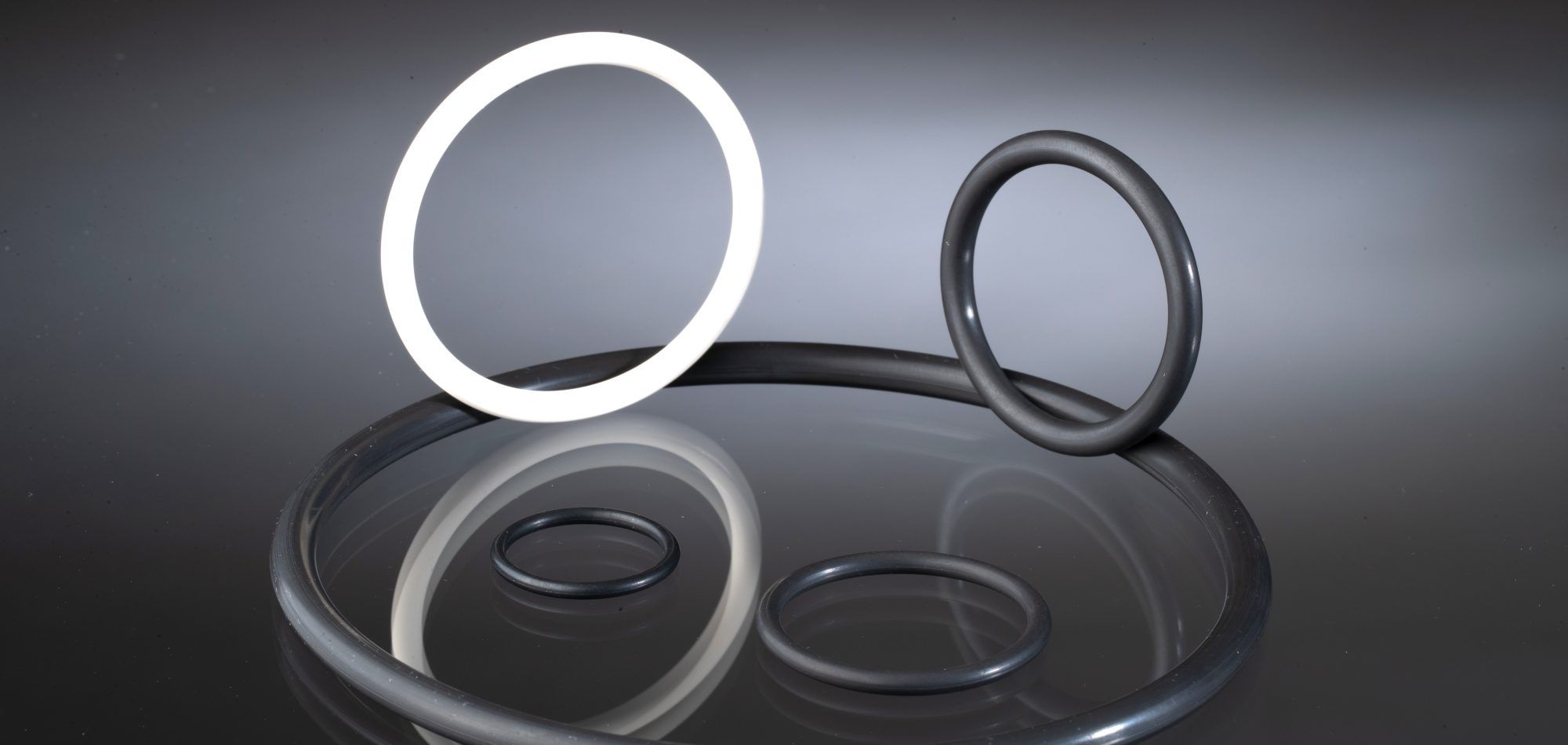O Rings Explained: A Complete Guide to Sealing Technology
O rings are simple yet highly effective mechanical seals widely used across industries to prevent the leakage of fluids and gases. They are typically circular elastomeric rings placed in a groove and compressed between two or more parts.
The concept of O rings dates back to the early 20th century, when they were patented as a universal sealing solution. Since then, they have become standard components in engineering, manufacturing, medical devices, and everyday machinery.
Their popularity comes from their cost-effectiveness, reliability, and ability to work in various temperatures, pressures, and chemical environments.

Importance – Why O Rings Matter Today
O rings may be small, but their impact is significant. Without them, industries like automotive, aerospace, medical, and construction would face frequent failures in machinery and systems.
Who benefits from O rings?
-
Manufacturers: Ensure machines run smoothly without leakage.
-
Medical sector: Uses O rings in syringes, pumps, and medical devices to maintain sterile environments.
-
Automotive industry: Relies on them in engines, fuel systems, and air conditioning units.
-
Aerospace sector: Depends on advanced sealing to withstand extreme pressures and temperatures.
Problems solved by O rings:
-
Preventing leaks in pipelines, valves, and hydraulic systems.
-
Reducing maintenance costs by extending equipment lifespan.
-
Supporting safety by avoiding failures that could lead to accidents.
Recent Updates – Trends in O Ring Technology
In the past few years, advancements in materials and production techniques have modernized sealing technology.
-
2023–2024 trends: Many industries have moved towards high-performance elastomers, such as fluorocarbon (FKM) and perfluoroelastomer (FFKM), which resist heat, chemicals, and aggressive fuels.
-
Sustainability focus: Manufacturers are working on eco-friendly materials to reduce environmental impact without compromising performance.
-
Digital design tools: Engineers increasingly use simulation software to predict O ring performance under stress before manufacturing.
-
Medical device demand: The global growth in healthcare has boosted the demand for precision-engineered O rings that meet strict regulatory standards.
These updates highlight how an old yet essential technology continues to evolve with modern needs.
Laws or Policies – Regulations Affecting O Rings
O rings are subject to various regulations depending on their application and country:
-
Food and Drug Administration (FDA) Compliance (U.S.): O rings used in food processing or medical devices must comply with FDA material safety standards.
-
European Union (EU) REACH Regulation: Governs the use of chemicals in O ring materials, ensuring safety for humans and the environment.
-
Automotive Standards (ISO/TS 16949): Requires O ring manufacturers to maintain quality assurance in vehicle production.
-
Aerospace Standards (AS9100): Mandates stringent testing of seals used in aircraft systems.
These policies ensure that O rings are safe, durable, and suitable for their intended applications.
Tools and Resources – Helping with O Ring Selection and Use
Choosing the right O ring requires understanding size, material, and application. Fortunately, various tools and resources are available:
-
O Ring Size Calculators: Online calculators help determine correct dimensions.
-
Material Compatibility Charts: Useful for checking resistance against chemicals, fuels, or lubricants.
-
CAD Design Libraries: Provide downloadable O ring designs for engineers.
-
Testing Kits: Allow industries to check O ring hardness, elasticity, and durability.
-
Mobile Apps: Some manufacturers provide apps for quick selection guides, sealing tips, and troubleshooting.
FAQs – Common Questions About O Rings
Q1: What materials are O rings made from?
A: O rings are commonly made from rubber compounds such as nitrile (NBR), silicone, fluorocarbon (FKM), and neoprene, depending on temperature and chemical requirements.
Q2: How do I know which O ring size to use?
A: The correct size depends on the groove dimensions and application pressure. Many online calculators and size charts are available to help determine the fit.
Q3: Can O rings handle high temperatures?
A: Yes, depending on material. For example, silicone O rings can withstand up to 200°C, while perfluoroelastomers can go beyond 300°C.
Q4: What causes O ring failure?
A: Common causes include incorrect installation, material incompatibility, excessive pressure, and exposure to harsh chemicals.
Q5: Are O rings reusable?
A: In most cases, O rings are not reusable. Once compressed, their elasticity is reduced, and they may not provide an effective seal again.
Conclusion – The Lasting Value of O Rings
O rings may appear simple, but their role in sealing technology is essential across industries. From ensuring safety in aerospace to maintaining reliability in household appliances, they remain one of the most versatile and widely used components in engineering.
Recent innovations in materials and design have made O rings even more durable and environmentally friendly, while regulations guarantee their safety and quality. With accessible tools and resources, engineers and businesses can select the right O ring for their specific needs.